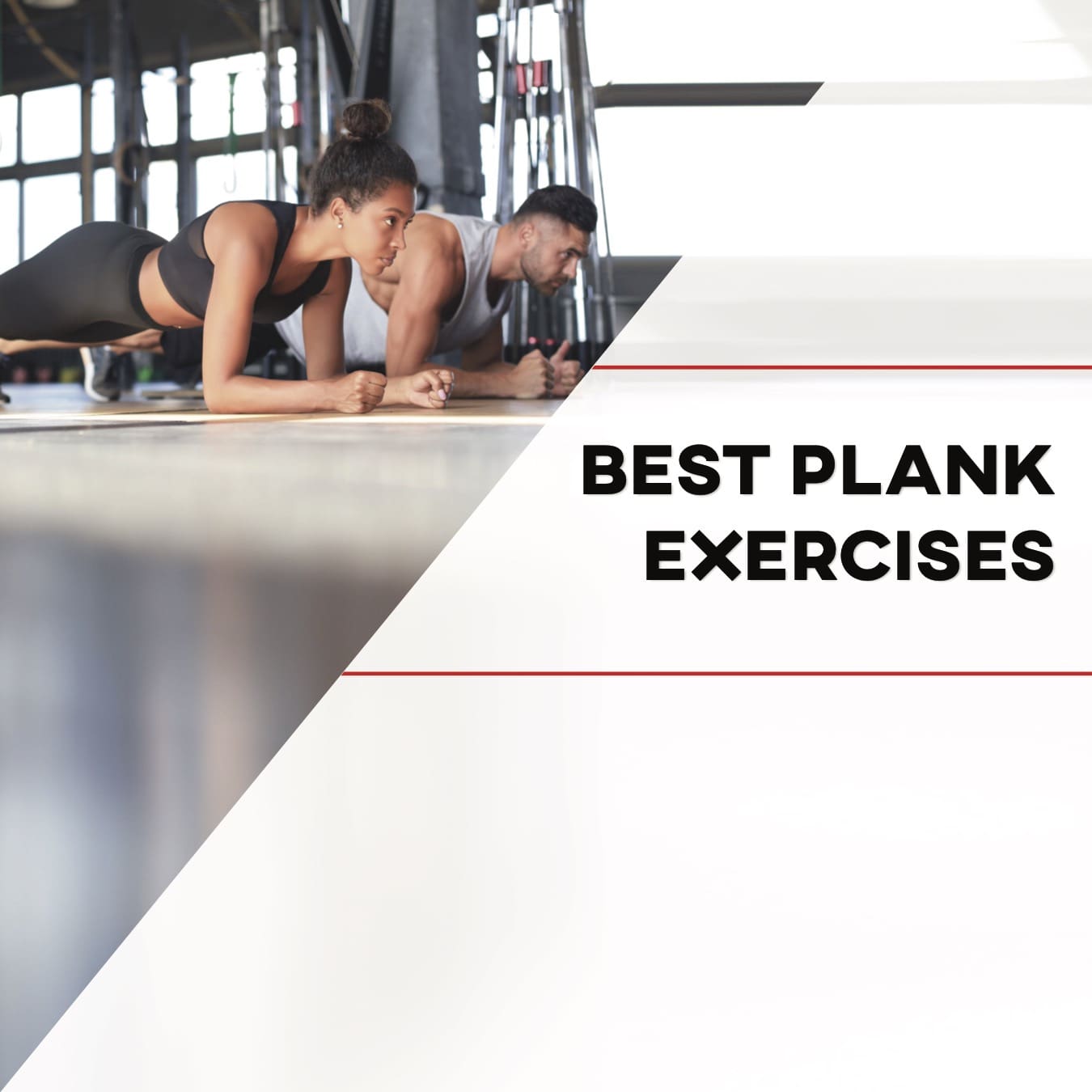
Before we dive into the best plank exercises, we must first set straight what the core is and why core stability is so vital for our movement system’s health and longevity. The core, from a muscular standpoint, is so much more than just a 6-pack of washboard abs. It essentially includes any and every that moves the trunk and aids in maintaining a neutral spine position. This includes the popular “core muscles” such as the rectus abdominis, transverse abdominis, and multifidus, but also other muscles such as the latissimus dorsi, quadratus lumborum, and pectoralis muscles.
What Does the Core Do?
Exercises to increase core stability are a staple among the rehabilitation and performance communities alike with common goals such as improving athletic performance, reducing low back pain, and improving muscular endurance. Core stability enhances the human movement system through 3 primary mechanisms:
1) Stabilization of the spine. The primary function of the core is to stabilize the spine and limit the amount of rotation and displacement of the spine. A combination of structures like your intervertebral discs, spinal facet joints, and ligaments provide passive stabilization to the spine. On the other hand, our muscles provide active stabilization of the spine and through exercise, we can increase the stability of our spine.
2) The core is the anatomical bridge between our hips and shoulders. Increasing core stability helps transfer the full force and power of movement from the lower extremities to the upper extremities and vice-versa. In the large majority of sport-specific movements, power is generated in the hips and then transferred through the core to the upper extremities (ex: baseball swing). A weak core will diminish this transfer of power and limit athletic performance.
3) Core exercises can help with back pain. In certain subgroups of patients with low back pain, core stabilization exercises have been found to be extremely beneficial in reducing pain and improving quality of life.
Want To Learn The Best Plank Exercises And Optimize Your Core Strength?
With our core [P]Rehab Program, you will learn how to not only master all of the best plank exercises but bulletproof your entire core. If you are looking to protect your back, optimize your pelvic tilt, improve your movement efficiency, and reach new levels of athletic potential then this is the resource for you! With over 17 weeks of programming, you will learn everything you need to know to build a rock-solid core! Click HERE to learn more.
Why Planks?
Plank exercises are the foundation upon which any core strengthening program should begin. One must demonstrate good proximal stability (core strength) to provide efficient movement control for distal mobility. A lack of core strength will also increase the risk of compensatory strategies distally, ultimately increasing the risk of injury. As we discussed earlier, we utilize our core to stabilize our spine and planks are an amazing way to develop this stability. Some things to keep in mind when performing a plank:
- Keep a neutral spine throughout. No arching your back or sticking your butt in the air.
- Your head, shoulders, hips, knees, and ankles should always be straight and aligned with each other
- Try not to shrug your shoulders or tense your neck. Relax and remember to breathe!
- No “lazy shoulder blades”. You should think about actively pushing yourself away from the floor to activate your serratus anterior, which is a scapular protractor. Ultimately this will help take pressure off of the shoulder joint!
Plank Foundation
Sample Core [P]rehab Program Exercise Video
- HOW: Assume the plank position on your elbows and toes. Simply hold this position for the desired amount of time.
- FEEL: You should feel all the muscles in your stomach working to hold this position. You may also feel your shoulder and chest muscles working.
- COMPENSATION: Do not arch your low back, let your hips sag to the ground, or stick your hips too high in the air.
Want More Core Work? Try These Exercises!
How To Progress Plank Exercises
Many will argue that planks are simply too easy for the advanced athlete. However, there are always ways to make an exercise harder and more advanced. While there is a plethora of creative ways to advance a plank, we believe every advanced plank progression is accomplished through one of three primary methods: incorporating additional muscle groups, altering the base of support, or adding dynamic movements.
Incorporate Other Muscle Groups
You can easily incorporate other muscle groups by alternating the plank position or incorporating specific movements.
Side Plank – Reps
Begin in a full side plank with one foot in front of the other, keeping your body in one straight line from your heels to your hips to your shoulders. Hold for a few seconds, then drop your hips down on the floor. When in the elevated position, make sure you are staying strong in the shoulder blade, by pushing your shoulder blade away from you. You will feel your shoulder, hip, and core working, specifically the side facing the floor. Avoid allowing your shoulder blade to sag back. Avoid allowing your hips to dip towards the floor when holding at the top
An EMG study by Reiman et al found that side planks demonstrated the highest EMG gluteus medius activity compared to any other exercise, including the single leg step-ups, single-leg deadlift, and clams. Progressing this exercise in the fashion above is a great way to develop your core stability and gluteus medius strength simultaneously. Gluteus medius strength is vital to hip stability!
READ: Oblique Sling Exercise Progressions and Assessment
Copenhagen Plank
An excellent way to add variation to your plank exercises with progressions is the copenhagen plank. The copenhagen plank is an excellent way to train your adductor muscle group!!
Sample Core [P]rehab Program Exercise Video
Using some sort of elevated surface like a box or bench, place the side you want to target on the box. Place the inside part of your ankle on this surface, use something soft for padding if you like. Lift your hips in the arm by driving the inside part of your ankle downward into the box. After lifting your hips up, lower yourself back down to the floor. You should feel all the muscles on the inside part of your thigh working, in particular, your groin region. You will also feel your core and shoulder muscles working. If you feel the inside part of your knee hurting with this exercise, put your knee on the elevated surface instead of your ankle. Keep your hips stacked on top of each other, do not rotate them forward or back. Put your elbow directly below your shoulder. If you want to learn more about advanced groin training, read this article!
Alter the Base of Support During Plank Exercises
Altering the base of support for either the upper extremities or lower extremities can add a dimension to mastering the best plank exercises. Adding a swiss ball, bosu ball, TRX, or any piece of equipment that provides instability will do. In the video below, we demonstrate using a swiss ball to provide an element of instability to the upper extremities as well as further challenging should stability. A swiss ball can also be used on the lower extremities.
Plank – Swissball
Start by assuming a plank position on a swissball with your toes on the ground and your elbows on the swissball. Actively push into the swissball through your elbows with your shoulder blades. Your shoulders should be active. You should feel all the muscles in your core and shoulder blades working to maintain the position. Do not let your back overly arch or your hips to shoot up into the sky. Keep your shoulder blades engaged and do not let your shoulder blades come together. Only your shoulder should be moving the swissball, not your hips!
The Prehab membership is the anti-barrier solution to keeping your body healthy. Access state-of-the-art physical therapy, fitness programs, and workouts online in the comforts of your own home or gym! Taking control of your health with exercise & education from the palm of your hand has never been easier. Get access to 50+ programs, 100+ unique workouts, and 3000+ exercises to build your own workout routines. Trial it for free, and learn how to get out of pain, avoid injury, and optimize your health with [P]rehab!
Add Dynamic Movement To Your Planks!
There are many ways to add dynamic movements to an advanced plank exercise, but one of my favorites involves a primitive crawling movement that has been popularized by the Functional Movement Systems group. Each hand and leg lift should be accomplished with as little torso and pelvis movement as possible. Remember to maintain a neutral and perfectly still spine. Bird dogs are also a favorite in the rehabilitation community.
Forward Bear Crawl
Start on all fours with your knees under your hips and your elbows under your shoulders and your hands on the ground. Put your toes into the ground, then push into it lifting your body slightly off of the ground. Move your foot and hand forward at the same time followed by the other side. Keep doing this for the prescribed amount of reps. Pretend there is a cup of water on your back and you can’t spill it in order to keep your back flat. You should feel your core, shoulder, and hip muscles working. Keep your back flat, don’t arch it. Keep your body off of the ground. Maintain your chest towards the floor for the entirety of this movement.
LISTEN: TACKLING COMMON FITNESS MYTHS
Bird Dog
Another staple to add to your advanced plank progressions. Begin on your hands and knees. In this position, you will balance on the opposite arm and leg. The wider you are the easier to balance, the more narrow the more challenging this will be. Bring the arm and leg up as high as you can towards the ceiling, slowly return to starting position and repeat on the other side. With the leg kicking out you will feel the muscles on the back of the hip working, with the arm that is punching out you will feel the muscles on top of the shoulder and back of the shoulder blade working. Avoid rotating the trunk, arching the back as you raise your leg, or shrugging the shoulder as you raise the arm.
Closing Thoughts
Now that you’ve learned what the core is, its purpose, and some advanced plank progressions, try them out and let us know how you feel! Remember, there are always ways that you can challenge yourself by manipulating variables with exercises! Get creative, change your base of support, add in dynamic movements, and make sure you are keeping proper form.
Learn How To Maximize Your Core Performance
The outcome of a great core program is NOT a 6-pack but it if does happen we are sure you wouldn’t be upset! The core should be thought of as both a dynamic suitcase and an energy transfer center. The goal is to build a rock-solid suitcase for each aspect of the core and to improve its ability to transfer energy to and from the legs and arms. Transform your core today HERE!
References
- Lee, Benjamin C. Y., and Stuart M. Mcgill. “Effect of Long-term Isometric Training on Core/Torso Stiffness.” Journal of Strength and Conditioning Research 29.6 (2015): 1515-526.
- Reiman, Michael P., Lori A. Bolgla, and Janice K. Loudon. “A Literature Review of Studies Evaluating Gluteus Maximus and Gluteus Medius Activation during Rehabilitation Exercises.” Physiotherapy Theory and Practice Physiother Theory Pract 28.4 (2012): 257-68
About The Author
Michael Lau, PT, DPT, CSCS
[P]rehab Co-Founder & Chief Product Officer

Disclaimer – The content here is designed for information & education purposes only and is not intended for medical advice.
About the author : Michael Lau PT, DPT, CSCS
One Comment
Leave A Comment
You must be logged in to post a comment.




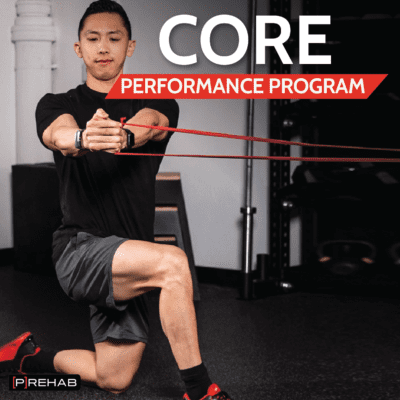
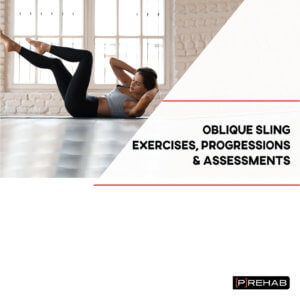
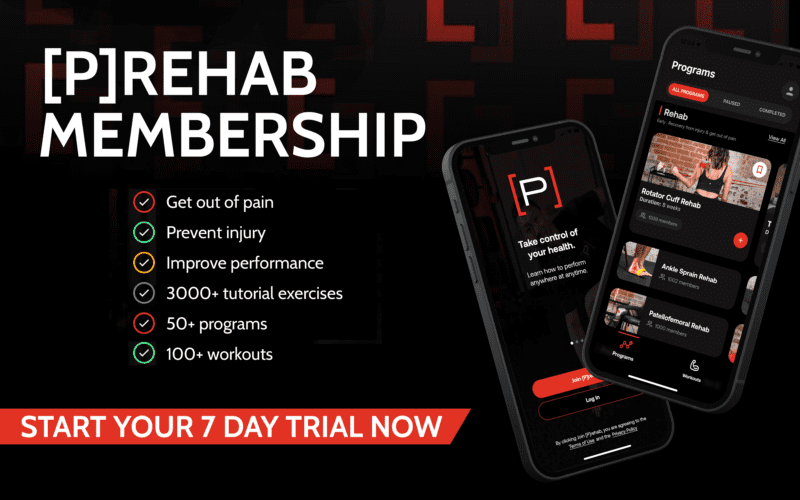
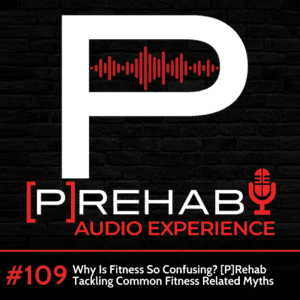
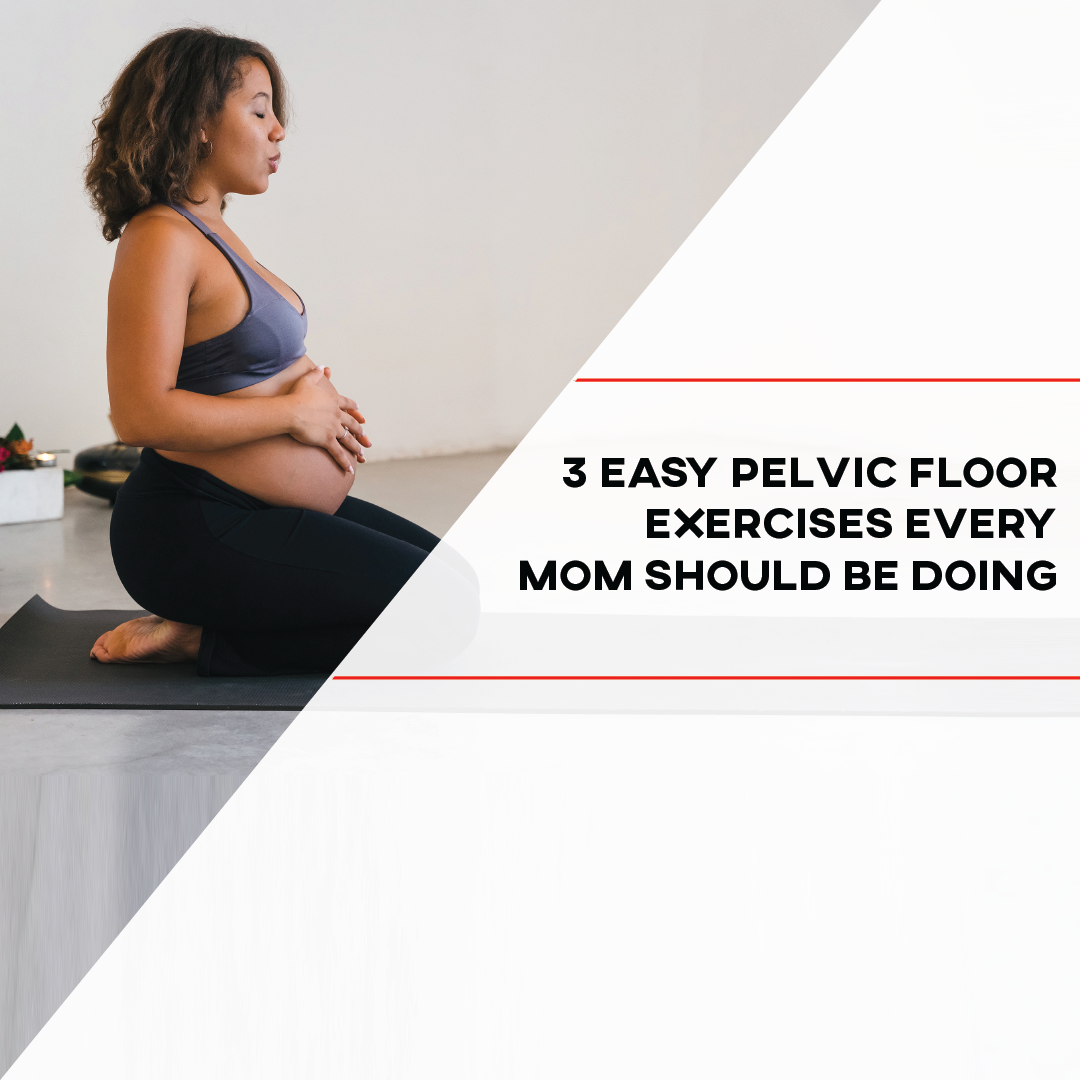
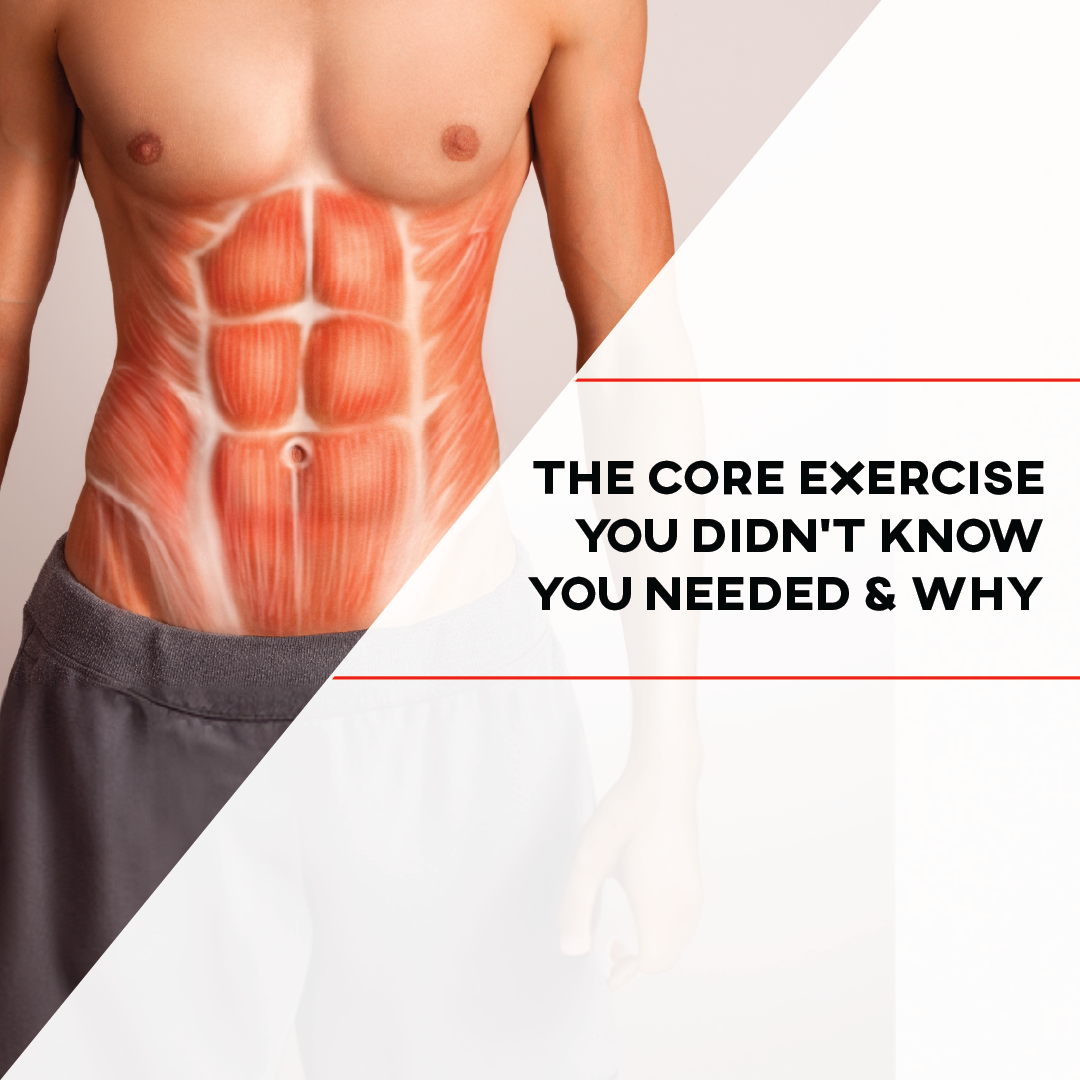
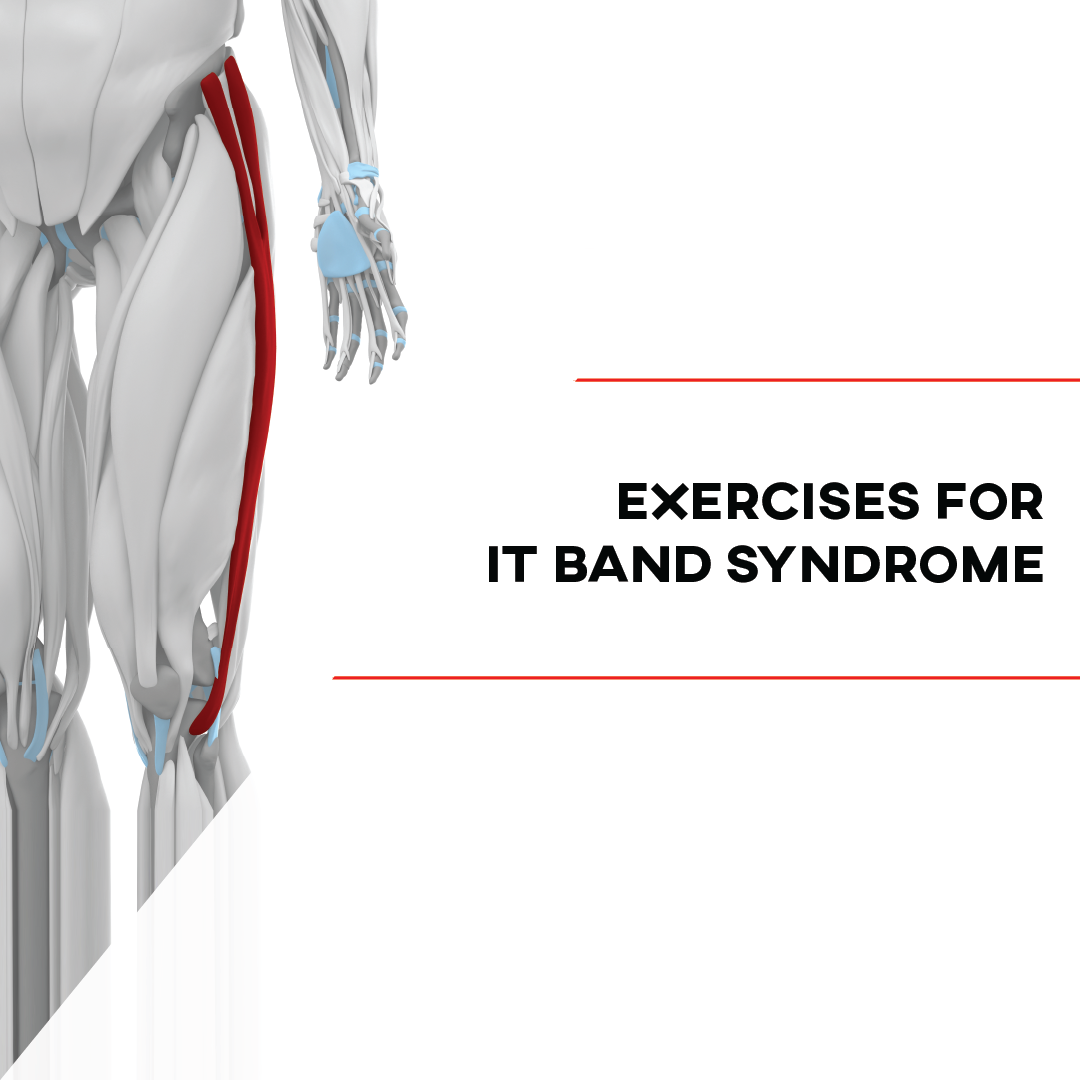

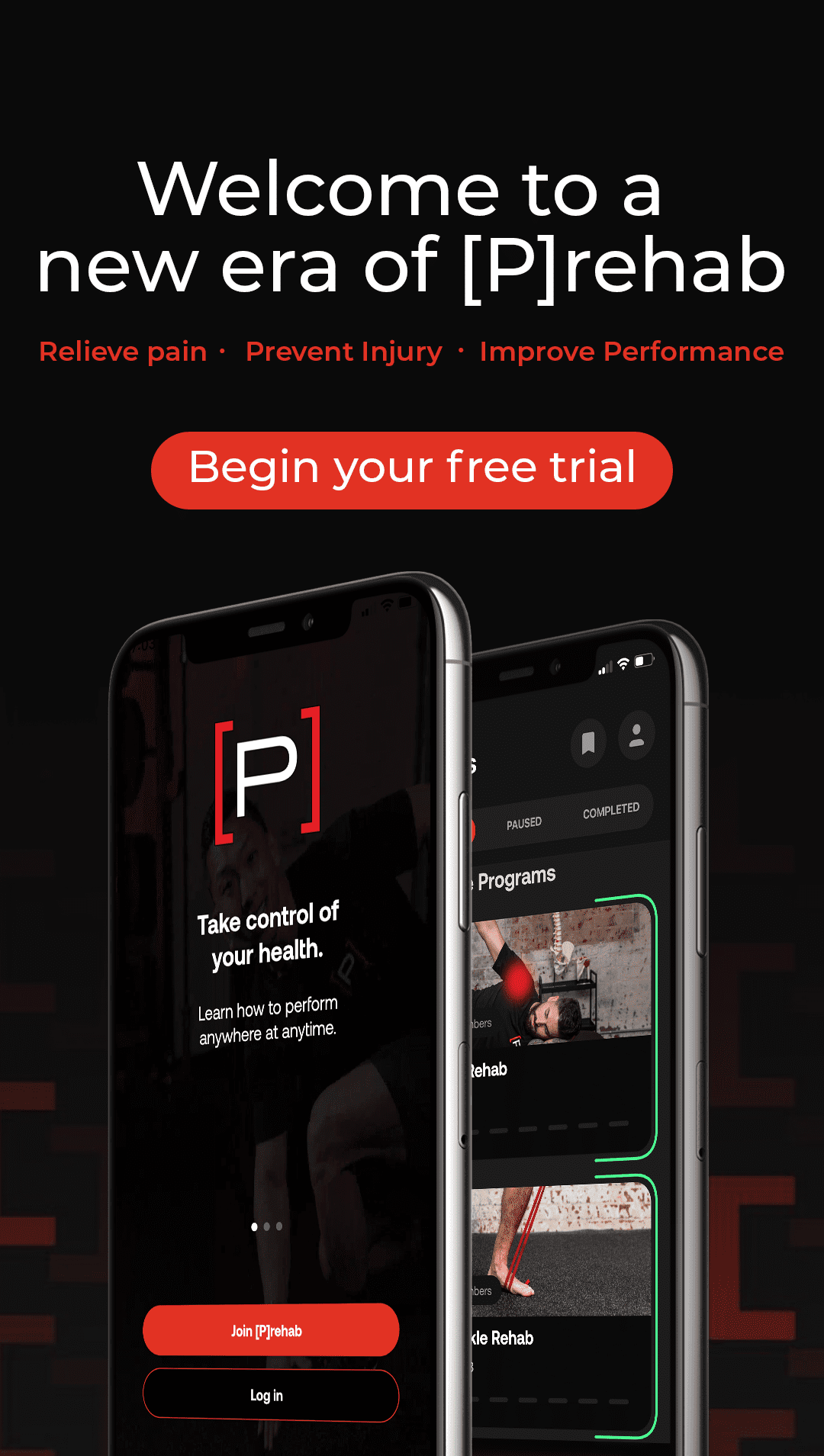



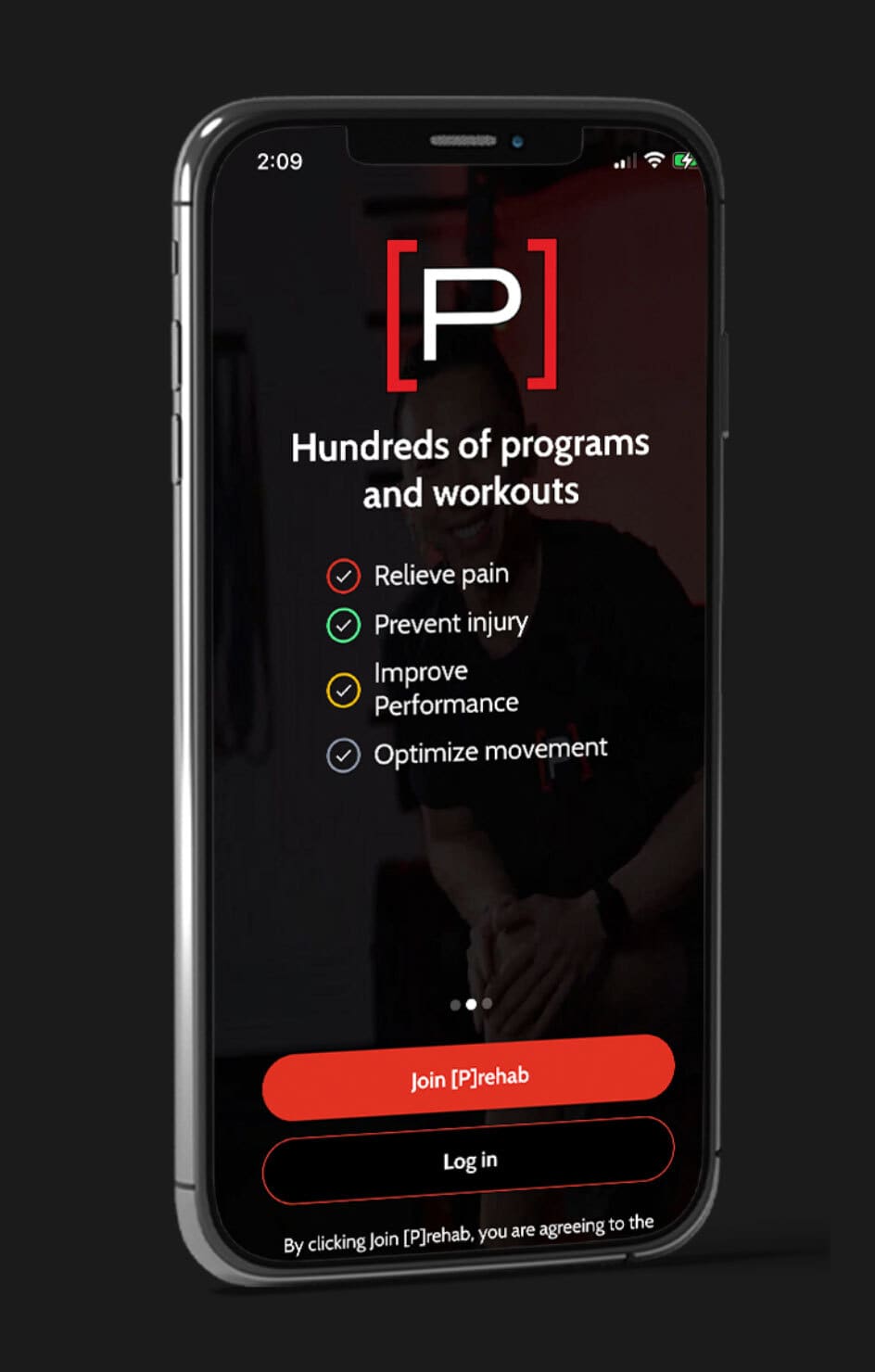

I want to be able to say I trained with you guys and ladies. Internship???